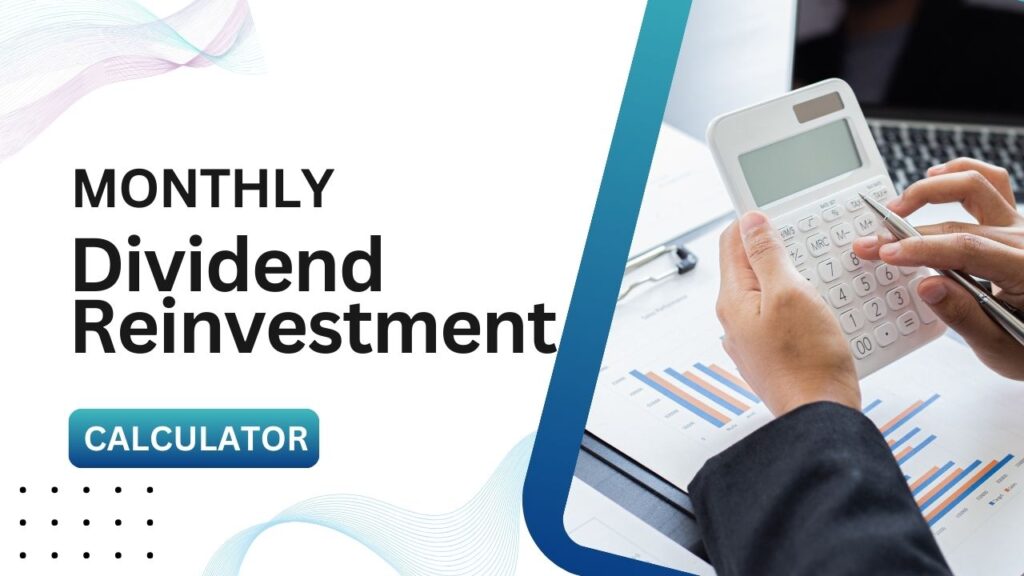Join WhatsApp Group
Join NowKWSP Dividend Calculator
Calculate your potential dividend income and investment returns
Results
Annual Dividend
–
Quarterly Payment
–
Monthly Payment
–
Effective Yield
–
Dividend Growth Projection
In an era where financial security is more important than ever, the Kumpulan Wang Simpanan Pekerja (KWSP) — also known as the Employees Provident Fund (EPF) — stands as a pillar of retirement planning in Malaysia. Whether you’re a fresh graduate entering the workforce or an experienced professional considering life after retirement, understanding how KWSP works is essential to building a secure and sustainable future.
This comprehensive guide explains how KWSP functions, who contributes, how your savings grow, and what benefits you can tap into. From dividend rates to withdrawal rules and digital access, we’ll cover everything you need to know about Malaysia’s most trusted retirement savings scheme.
What is KWSP?
KWSP, or the Employees Provident Fund (EPF), is a government-managed retirement savings scheme for private and non-pensionable public sector employees in Malaysia. Both the employer and employee contribute a fixed percentage of the employee’s monthly salary into a KWSP account.
Who Needs to Contribute to KWSP?
Mandatory Contributors:
- All private sector employees
- Non-pensionable public sector employees
- Foreign workers (with some exceptions)
Contribution Rates (2025 estimates):
| Category | Employee Contribution | Employer Contribution |
|---|---|---|
| Below age 60 | 11% | 13% (or 12% for salary > RM5,000) |
| Aged 60 and above | 0% (employee can opt in) | 4% (mandatory) |
💡 Note: Contribution rates may change during special government initiatives or economic adjustments.
KWSP Account Structure
Your contributions are split into two main accounts:
🔹 Account 1 – For Retirement
- 70% of total monthly contributions
- Can only be accessed upon reaching the retirement age (currently 55)
🔹 Account 2 – For Flexible Use
- 30% of contributions
- Can be withdrawn for:
- Education
- Housing
- Medical expenses
- Hajj pilgrimage
- Age 50 withdrawals
KWSP Dividend Rates and Investments
KWSP invests members’ savings in low- to moderate-risk portfolios across diverse sectors, including:
- Government bonds
- Equities
- Property and infrastructure
Dividend Highlights:
- Annual dividends are credited to members’ accounts.
- Average dividend returns range between 5%–6% historically.
- Dividend announcements are usually made in February each year.
🧠 Smart Tip: Use a KWSP Dividend Calculator to project your savings growth over time.
KWSP Withdrawal Options
Upon Retirement (Age 55 or 60)
You can withdraw your full savings or opt for monthly payouts.
Before Retirement
Withdrawals from Account 2 are allowed for:
- Buying your first home
- Paying off a housing loan
- Education fees for self or children
- Medical emergencies
- Performing Hajj (once in a lifetime)
Accessing Your KWSP Account
Digital Services:
- KWSP i-Akaun (online portal): View balance, download statements, update info.
- KWSP Mobile App: Manage your account on the go.
- SMS Notifications: For contribution updates and alerts.
Customer Support:
- KWSP Hotline: 03-8922 6000
- Branches: Available across all Malaysian states
Future of KWSP – What’s Ahead?
KWSP is rapidly evolving to meet the digital age:
- Flexible investment options under the EPF i-Invest platform
- More personalized retirement planning tools
- Integration with financial wellness programs
🌱 As Malaysia faces an aging population, KWSP continues to innovate with the goal of ensuring sustainable, dignified retirement for every contributor.
Summary – Why KWSP Matters
| Benefit | Details |
|---|---|
| Security | Ensures long-term financial stability |
| Flexibility | Partial withdrawals for key life needs |
| Growth | Annual dividends and compounding power |
| Convenience | Online access and automated contributions |
Final Thoughts
Whether you’re a new employee, a seasoned professional, or planning your retirement, KWSP is the backbone of your financial future in Malaysia. Make the most of it by staying informed, reviewing your statements regularly, and exploring tools like dividend calculators or retirement planners.



